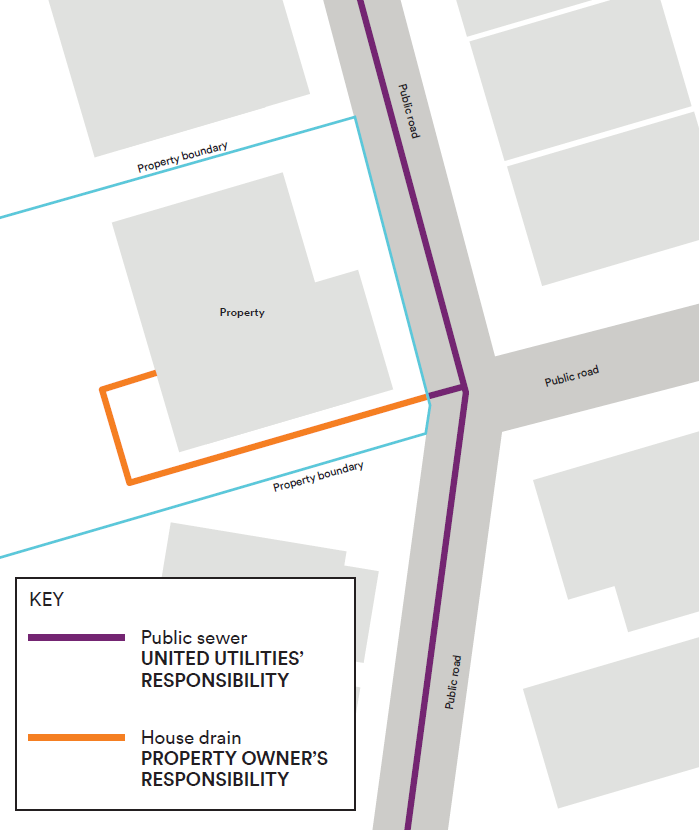Windermere Factsheet
We are conducting a pilot scheme to identify the need and appetite for connecting properties, which currently manage their own wastewater, for example through septic tanks or packaged treatment plans, to the public sewerage network in three areas around Windermere.
These areas are:
Owners or occupiers of existing premises can apply to United Utilities to provide a connection to a public sewer, known as ‘first time sewerage’, if the following criteria are met:
- The application is for a premises already in existence and which uses a private wastewater system (such as a septic tank, for example) and on which there are buildings used for living accommodation
- The drains or sewers used for domestic sewerage purposes (such as toilet flushing) do not currently, either directly or through an intermediate drain or sewer, connect with a public sewer
- The effect of the private wastewater system being used is causing, or likely to cause, an adverse effect to the local environment, such as a local watercourse
- The environment or amenity problem cannot be more appropriately resolved by improved maintenance or operation of the existing systems
At this stage, we are reviewing all expressions of interest and undertaking technical and engineering assessments to prepare for a public event at the end of July to present any viable options.
If you have any questions, or are interested in the pilot scheme please email us at fts@uuplc.co.uk and we will get back to you as soon as possible.
